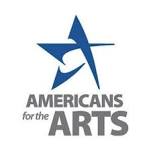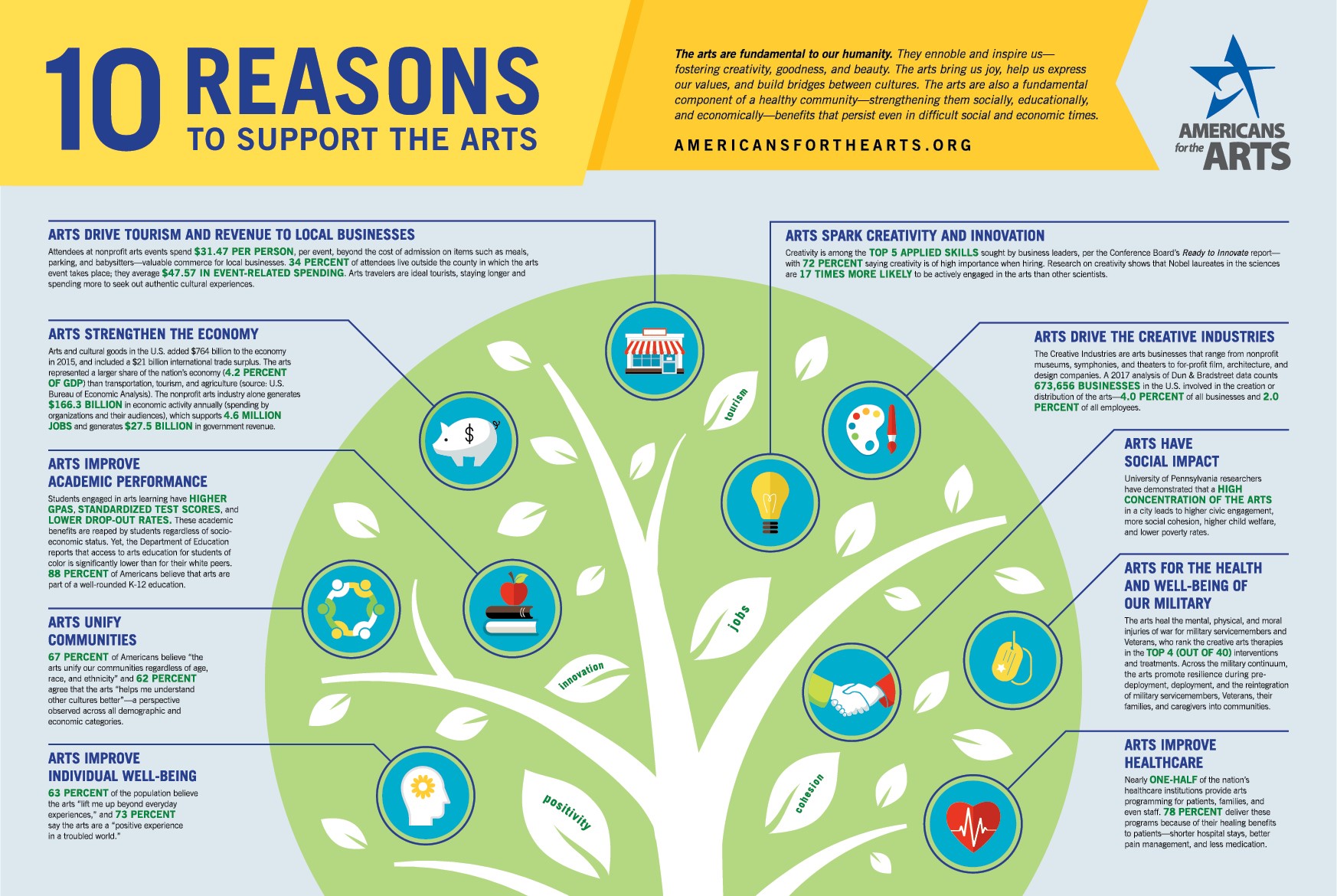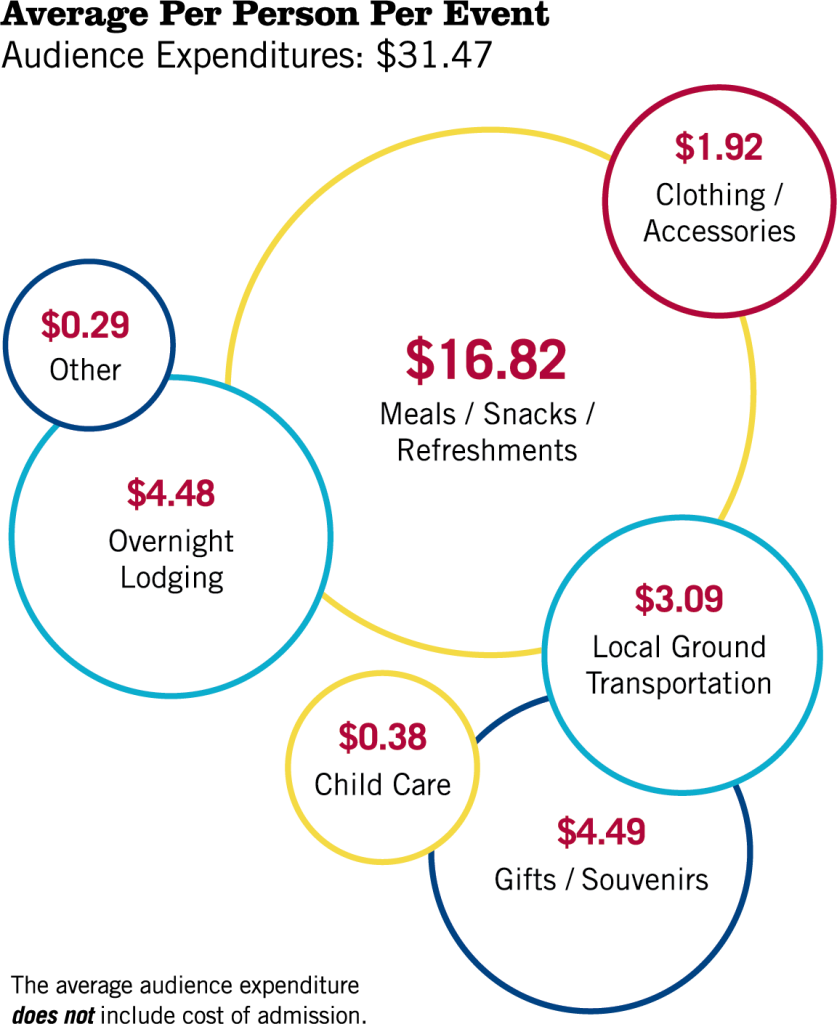Posted by Mr. Randy Cohen, Dec 01, 2020
As the COVID-19 pandemic continues to rage, so does its devastation of the nation’s arts sector. Since the first U.S. case was reported in January 2020, cancellations have taken place at virtually every arts organization across the country, artists are among the most severely affected segment of the nation’s workforce, and 1 in 10 nonprofit arts organizations doubt their ability to survive the pandemic. It has been unquestionably brutal for the arts. When we get to the other side of the pandemic, however, I believe the arts will be among our greatest assets in helping the nation to recover.
Financial Losses to the Arts & Creative Economy
The arts are a larger segment of the economy than most people realize. The U.S. Bureau of Economic Analysis reports that the nation’s arts and culture sector—nonprofit, commercial, education—is an $878 billion industry that supports 5.1 million jobs. That is 4.5% of the nation’s economy—a larger share of GDP than powerhouse sectors such as agriculture, transportation, and tourism. The arts even boast a $30 billion international trade surplus.
How have things changed since the pandemic? A recent Brookings Institution report shows America’s arts and creative industries lost $150 billion in sales and 2.7 million jobs through July. The “fine and performing arts” alone (commercial and nonprofit) incurred losses of $42.5 billion and a whopping 50% of its workforce (-1.4 million jobs).
Nonprofit Arts Sector is Struggling to Reopen & Compete
Americans for the Arts has been surveying nonprofit arts and cultural organizations about the pandemic’s human and financial impacts since early March (19,800 organizational responses). Nonprofit arts organizations have lost an estimated $14.6 billion to date. 99% of producing and presenting organizations have cancelled events—a loss of 481 million admissions. (The nation’s museums alone were losing $33 million per day at the beginning of the pandemic, per the American Alliance of Museums.)
Organizations have responded to these challenges by laying off/furloughing staff (35%); reducing payroll (30%); and for those that have them, using financial reserves (39%). 63% have increased their online presence to maintain audience and donor engagement and boost revenue.
Nonprofit arts organizations are struggling reopen and stay open. Currently, 41% are open and 59% are closed.
- 12% are open and never closed.
- 29% are open again after having closed.
- 20% are closed but have a target date for re-opening.
- 39% are closed and have no target date for re-opening.
When asked about barriers to reopening, arts leaders listed these as the top four: (1) customers unlikely to attend, (2) government restrictions/guidelines, (3) staff/board do not feel it is yet safe, and (4) impractical to produce art product in current environment. Museums/visual arts organizations are much more likely to be open than performing arts organizations (66% vs. 26%), though at greatly reduced capacity. Of the organizations that are open, more than 80% require social distancing by staff and attendees, use masks and protective equipment, have enhanced cleaning and disinfecting protocols, and reduced attendance to limit crowding. About 5% of organizations that reopened have had to re-close due to local legal requirements or non-compliance with safety measures by attendees.
Is this economic damage to arts organizations simply the way it has gone for all nonprofits during the pandemic? Not at all. According to an analysis by Johns Hopkins University Center for Civil Society Studies, nonprofit “Arts, Culture, and Recreation” jobs were down 34.7% between February and August—a job loss rate that is three times worse than other nonprofit subsectors:
- Arts, Culture, and Recreation (-34.7%)
- Education (-12.6%)
- Social assistance (-10.1%)
- Health care (-4.3%)
Impact on Artists & Creative Workers
Since April, Americans for the Arts has partnered with Artist Relief to survey individual artists and creative workers about the impact of the pandemic (27,000 artist respondents to date). 95% report loss of income, 63% have become fully unemployed, and artists expect to lose an average of $22,000 each in creativity-based income in 2020 ($50.6 billion, nationally).
- 79% experienced a decrease in creative work that generated income (62% a “drastic decrease”).
- 67% are unable to access the supplies, resources, spaces, or people necessary for creative work.
- 78% have no post-pandemic financial recovery plan.
- Top four needs for artists: (1) unemployment insurance, (2) food/housing assistance, (3) forgivable business loans, and (4) access to affordable healthcare.
Reflective of the pandemic itself, artists who are Black, Indigenous, and people of color (BIPOC) have been more negatively impacted by the pandemic than white artists, including higher rates of unemployment (69% vs. 60%) and the expectation of losing a larger percentage of their 2020 income (61% vs. 56%).
The Rebuilding Power of the Arts
Clearly this is a distressing time for the country with more uncertainty ahead. When the crisis does end, however, the arts can provide the economic, social cohesion, and personal well-being benefits needed to recover from the pandemic.
The arts are kindling for the economy—small investments that deliver big returns. They get people out of their homes and spending money in the community. Every visit to an arts event generates $31.47 per person beyond the ticket cost in spending on meals, retail, parking, and lodging. These dollars provide vital income to local merchants, energize the downtown, and pay salaries and wages in non-arts sectors. And the promising news is that the Audience Outlook Monitor research shows the vast majority of audiences fully intend to return to the arts post-pandemic—continuing their earlier levels of attendance and charitable support.
The arts also provide shared and meaningful experiences in public spaces—a community connection that heals the loneliness caused by isolation and social distancing. The research shows that the public understands these well-being benefits:
- 72% of Americans believe “the arts unify our communities regardless of age, race, and ethnicity.”
- 73% agree that art “helps me understand other cultures better.”
- 81% of the population says the arts are a “positive experience in a troubled world.”
The arts are on the right side of what needs to be done to rebuild and heal our country. We must continue to invest in our artists and fund our arts organizations to capture these benefits.




